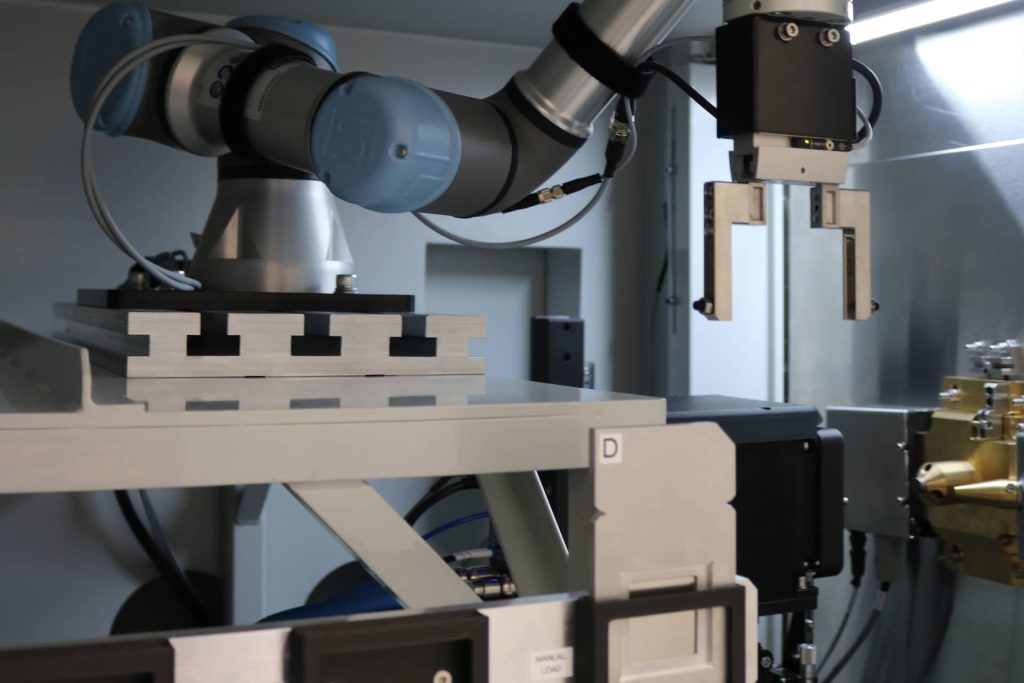
HTC – High-throughput Characterization
HT-MAX hypothesis: A multi-fidelity characterization approach will simultaneously enable and leverage data-driven materials discovery.
HTC Objectives
- HT multi-fidelity assessments of microstructure of materials to identify microstructural ROIs in the composition/processing space;
- HT multi-fidelity assessment of quasistatic and dynamic strengths of materials to identify mechanical ROIs; and
- HT multi-fidelity assessment of high-temperature mechanical behavior of materials.
Nanoindentation; automated data handling & analysis
- Statistically meaningful data on quasistatic mechanical properties
- OpenMSI Stream implementation
- Low-fidelity, high-throughput screening of mechanical ROIs
- Autonomous nanoindentation mapping capabilities
- Leverage nanoindentation models from the MLM thrust
High-throughput and high-temperature laser shock
- HT laser shock technique for screening and ROI identification
- HT assessment of the Hugoniot Elastic Limit of AM ceramics
- Use silicon carbide as a model brittle material
- Develop ability to measure HEL, EoS, and spall behavior at temperatures of up to 800 ◦C